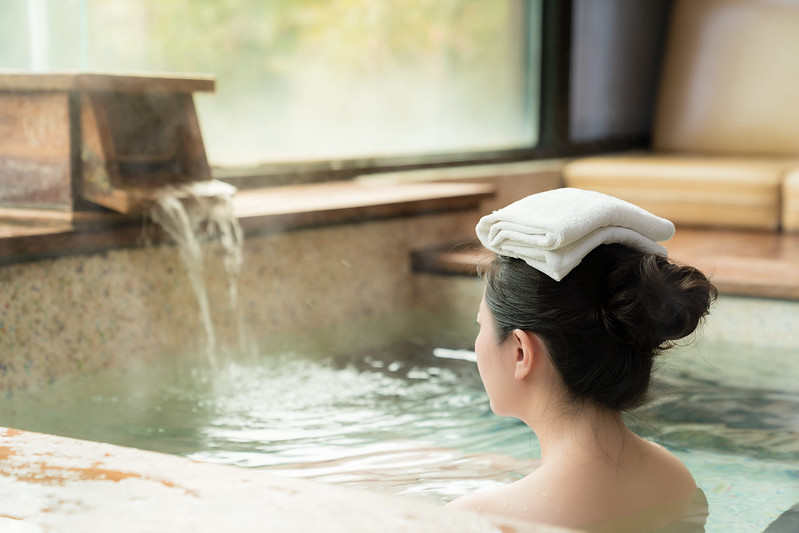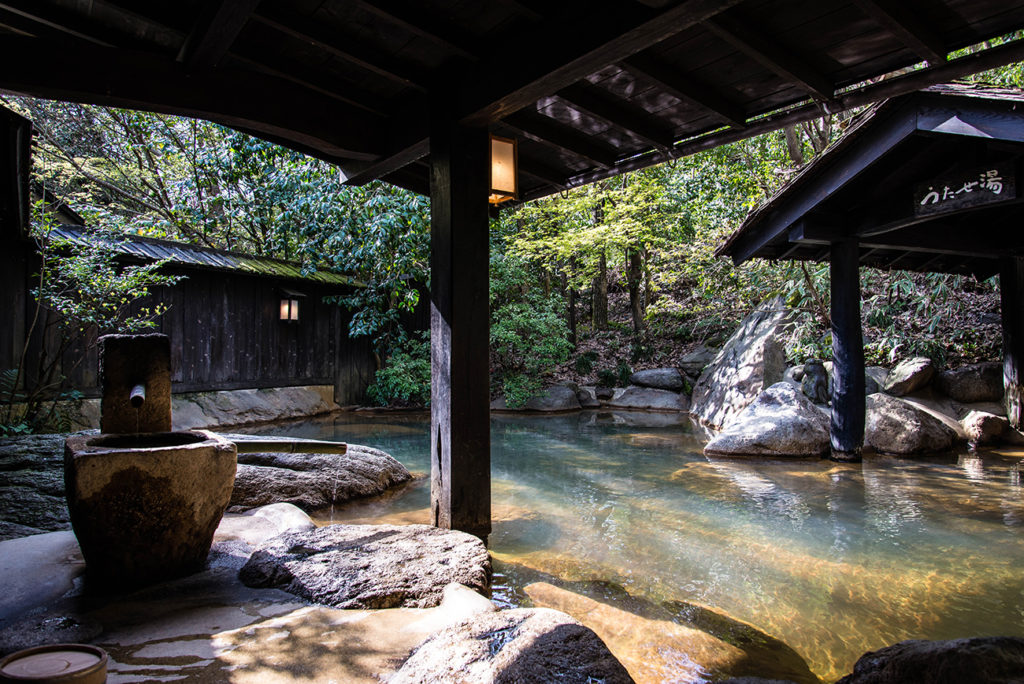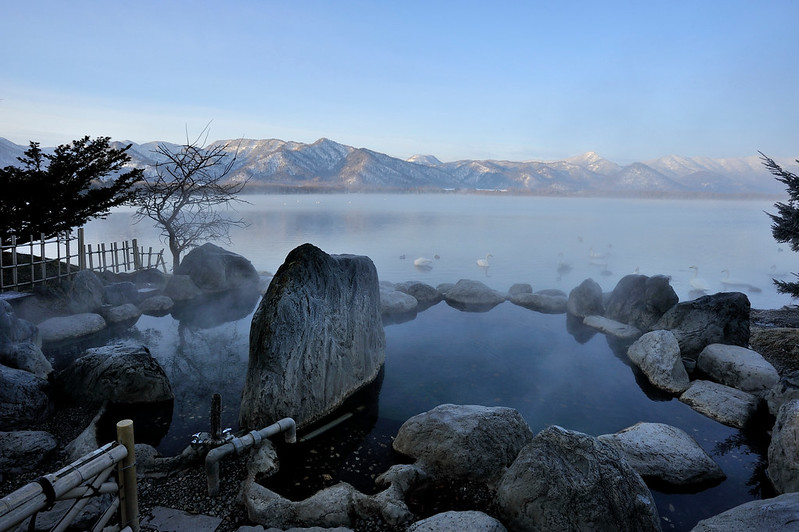
The History of the Onsen
Japan consists of nearly 7,000 islands, with over 70% of its land covered by mountains and more than 200 volcanoes. Onsen, or hot springs, are found in all major cities and can be indoors (uchiyu) or outdoors (roten-buro). They may be managed by municipalities or privately operated as part of ryokan, hotels, or minshuku. While traditionally outdoors, there is a growing trend of indoor onsen in newer establishments. The geothermally heated spring water is believed to have healing properties due to its mineral content.
Onsen in Japanese history
The Japanese onsen culture can be traced to one of Japan’s oldest books, the Nihon Shoki. The Nihon Shoki (日本書紀), “The Chronicles of Japan,” completed in 720 CE under the supervision of Prince Toneri, assisted by Ō no Yasumaro. It documents onsen including Arima, Shirahama and Dogo Onsen. While the Nishiyama Onsen Keiunkan is the world’s oldest inn or ryokan and was officially recognized by the Guiness World Records as the oldest hotel in the world in 2011. Nishiyama Onsen Keiunkan is a hot spring hotel located at the foot of the South Japanese Alps in Hayakawa, Yamanashi Prefecture. The Keiunkan Inn dates back to 705 CE (the 2nd year of the Keiun era, hence its name), over 1,300 years ago when it was founded by Fujiwara Mahito.
Onsen and religious ties
Shintoism, Japan’s local religion, a polytheistic religion that emphasizes and divinizes nature. It is customary for worshippers to purify their hands and mouth with holy water. Water has been long considered as being a divine substance. When Buddhism came to Japan during the 6th century, temples preached that bathing was a way to stem off disease and bring good fortune. Many Buddhist temples offered bathing areas for the common man. Heating water for bathing was not as practical as having ready to use hot spring waters coming directly from the ground ready for use was heaven sent.
Hadaka no tsukiai
It is customary to thoroughly wash your entire body before entering the water in any communal bath in Japan such as an onsen. A special kind of platonic relationship called “hadaka no tsukiai” is said to develop when people do not hide behind their clothes. It is believed that people shed all pretense by removing ng all their clothing. Traditional baths involved men and women bathing together, but since Japan opened its doors to the West during the Meiji era, men and women have had separate baths. There are some onsen (konyoku) that provide designated hours for mixed baths or women-only, and children of either sex can bathe in women-only or men-only onsen.
The onsen experience is truly a unique Japanese tradition worth experiencing whenever in Japan.


